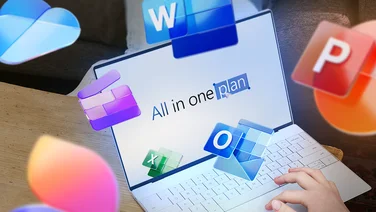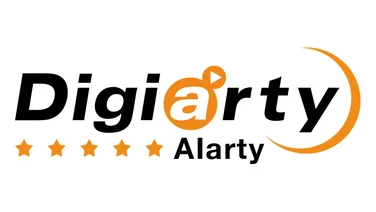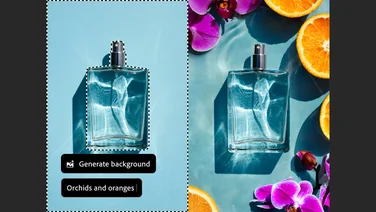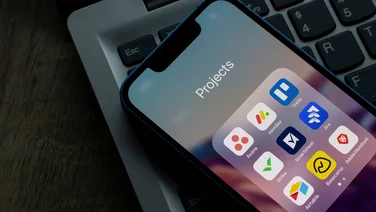To help us provide you with free impartial advice, we may earn a commission if you buy through links on our site. Learn more



While becoming a DJ once required hundreds of pounds’ worth of dedicated equipment and shelves crammed with heavy vinyl records, that’s simply no longer the case. Software such as Native Instruments’ Traktor Duo 2 means all you need is a PC and a collection of music on your hard disk.
As Native Instruments’ entry-level DJ software, Traktor Duo 2 delivers many of its professional siblings’ features for around half the price. The biggest difference is in the number of virtual DJ decks you’re allowed: whereas the Pro edition of the software allows DJs to mix simultaneously across four decks, Traktor Duo 2 only permits two virtual decks.

Considering the features and power on offer, Traktor’s front-end is surprisingly clean and refined
Getting up and running is easy. If you keep all your music in Windows’ designated Music library, then right-clicking Traktor’s explorer window allows you to import your collection with a single click. It’s also possible to import music from iTunes libraries or specific folders, and Traktor was happy to access a huge music collection on a NAS drive on our home network. There’s no duplication of files, either; Traktor simply gathers all the links to the music files and forms its own database. Thankfully, a search function makes it easy to scan through huge collections.
Traktor accepts pretty much every file format going, so even if your music collection happens to be a disorganised collection of MP3, WMA, OGG, WAV, AIFF, FLAC and AAC files, Traktor will happily play them all. The only exception is files with DRM attached, which aren’t supported.
Loading music onto one of the available decks is a simple drag and drop operation. As Traktor loads each track for the first time, it analyses the speed in BPM (beats per minute) and volume of the track, and stores this data in its database. It’s this which allows Traktor to perform its party trick: automatic beat-matching. Click the sync buttons above each deck, and mixing two tracks together is as easy as pressing play and moving the crossfader from side to side to blend the two tracks into one.

Traktor’s FX units make it possible to spice up your mixes with sound-mangling effects such as the brilliantly-titled Beatmasher
Traktor’s BPM detection isn’t infallible, though. Many drum and bass and dubstep tracks in our collection were mistakenly analysed at half their actual speed, and music without a rigidly fixed tempo, such as rock, funk and metal, was enough to fox its automatic BPM recognition completely. In these cases, we had to do our best to input BPM readings for individual tracks manually with Traktor’s BeatGrid, but it’s disappointing to find that, unlike the (admittedly much more expensive) Ableton Live, the software doesn’t let you add several different speed points to a track containing several different tempi to help you make the mix.
Mixing music with wildly different tempi is destined for bizarre results, but even here Traktor is capable of helping you pull off some surprising feats. Substantially changing a track’s playback tempo can lead to unnaturally low- or high-pitched vocals, but Traktor’s capable of changing the track’s pitch independently of its tempo, allowing you to keep tracks in their original key or even to transpose a track’s pitch to match the one playing alongside.
One of Traktor Duo 2’s more novel features is the sample decks. These two additional virtual decks allow you to trigger audio samples along with the music, making it easy to spice up mixes (or mask mistakes) by overlaying tempo-synced beats, basslines, chords or one-hit samples. Native Instruments supplies a small range of demo samples to get you started, but you can use any samples you have stored on your hard disk.
It’s also possible to tweak each deck’s audio output with the three-band EQ, filter control and the in-built effects chain. The EQ controls are excellent, and make it possible to kill frequency bands completely – if you want to mix the bassline from one track with the beats from another, and smoothly blend between the two, the EQ and filter make it easy to put together seriously professional-sounding mixes. Other basic effects include tempo-synced delays, flangers and reverbs, and a simple in-built audio recorder allows you to record your mixes without faffing with external audio editors.

A quick tap of the space bar expands the ever-present file explorer to make it easier to find the track you want
While it’s easy enough to perform simple party-friendly mixes after spending just a few minutes with Traktor Duo 2, the range of features on offer makes it easy to get seriously creative. Indeed, while Traktor doesn’t require a cutting-edge PC or any extra hardware to give hours of fun, it’s also capable of working with external MIDI controllers, outboard DJ control surfaces and, with a suitable soundcard equipped with multiple analogue outputs, hooking up to an external DJ mixer. For those looking for an affordable entry point into the world of serious DJ software, Traktor Duo 2 is a beat-matching tour de force.
| Details | |
|---|---|
| Price | £80 |
| Details | www.native-instruments.com/en |
| Rating | **** |





